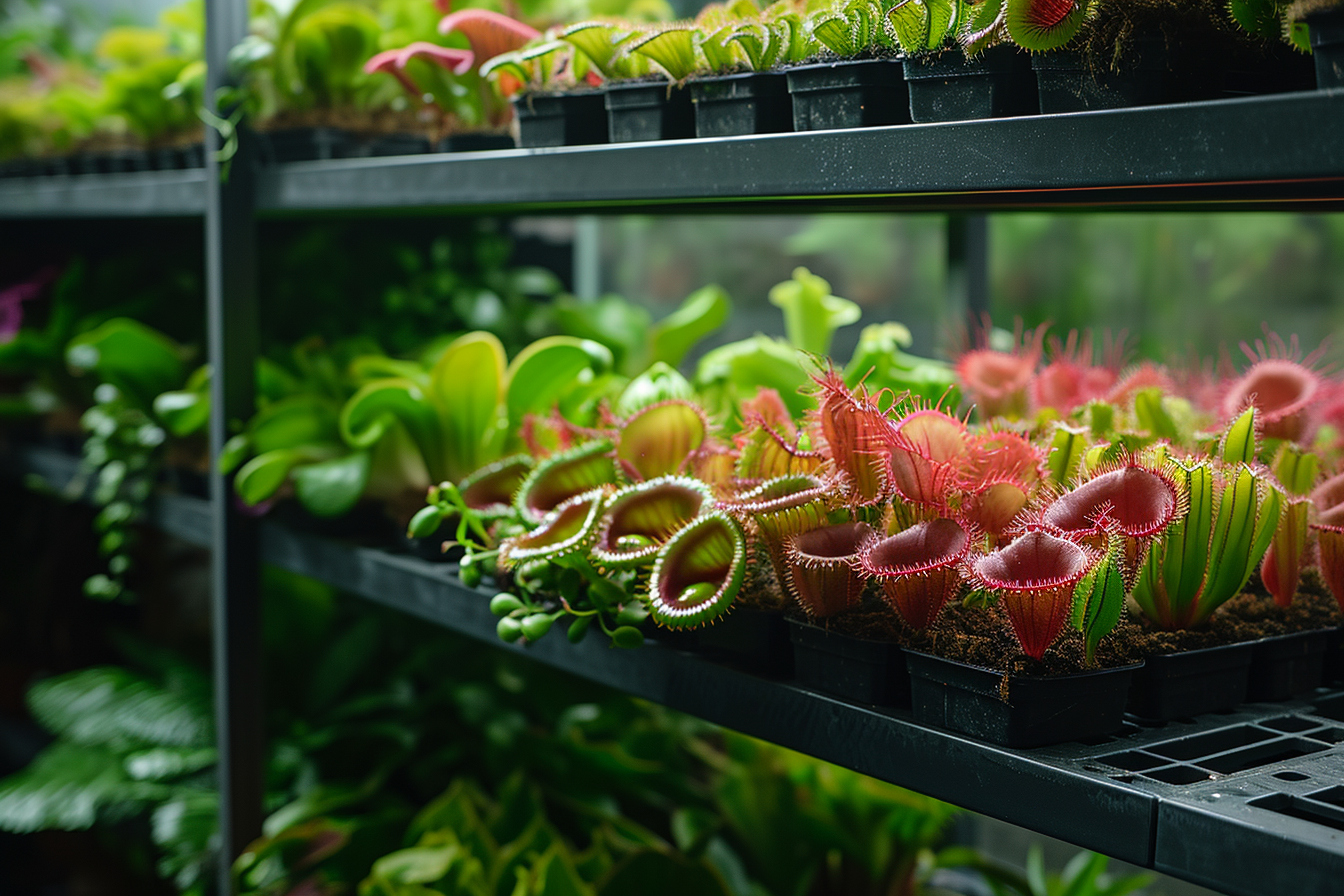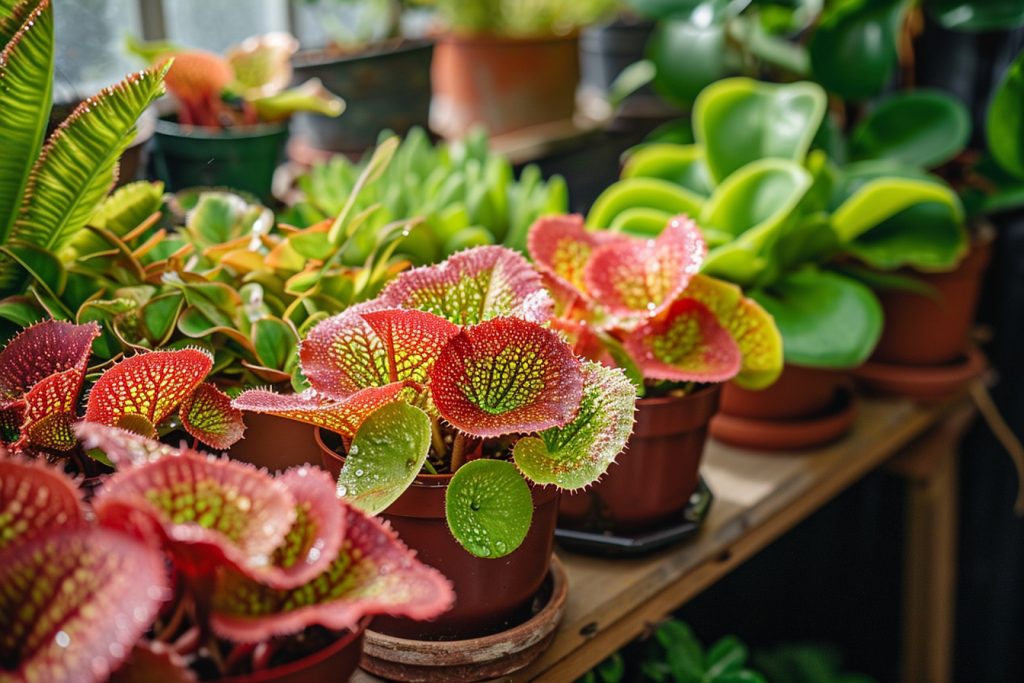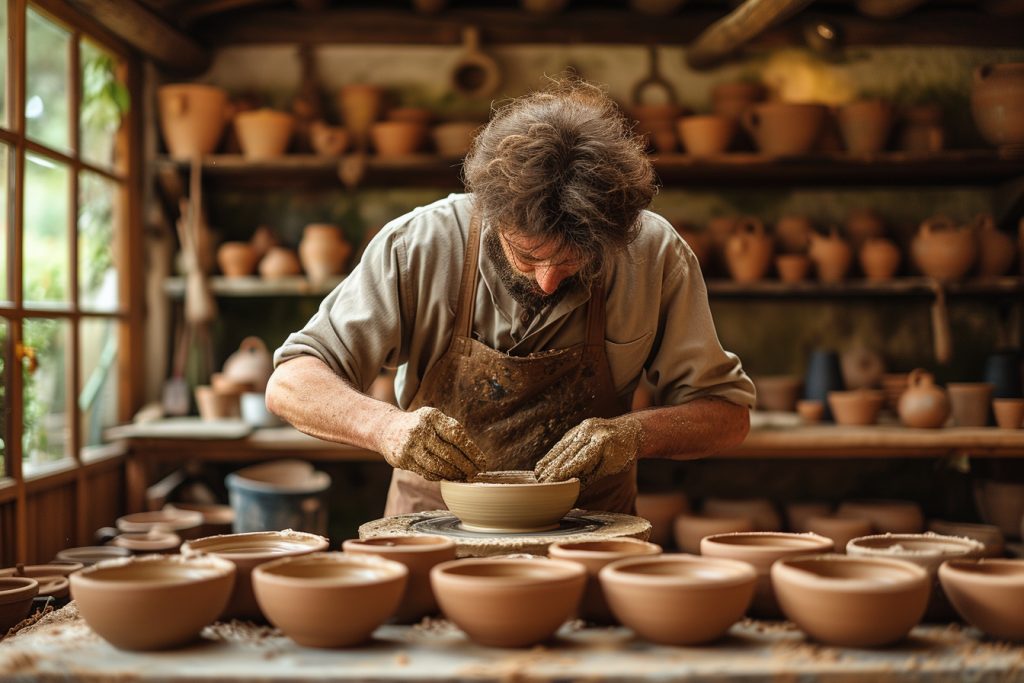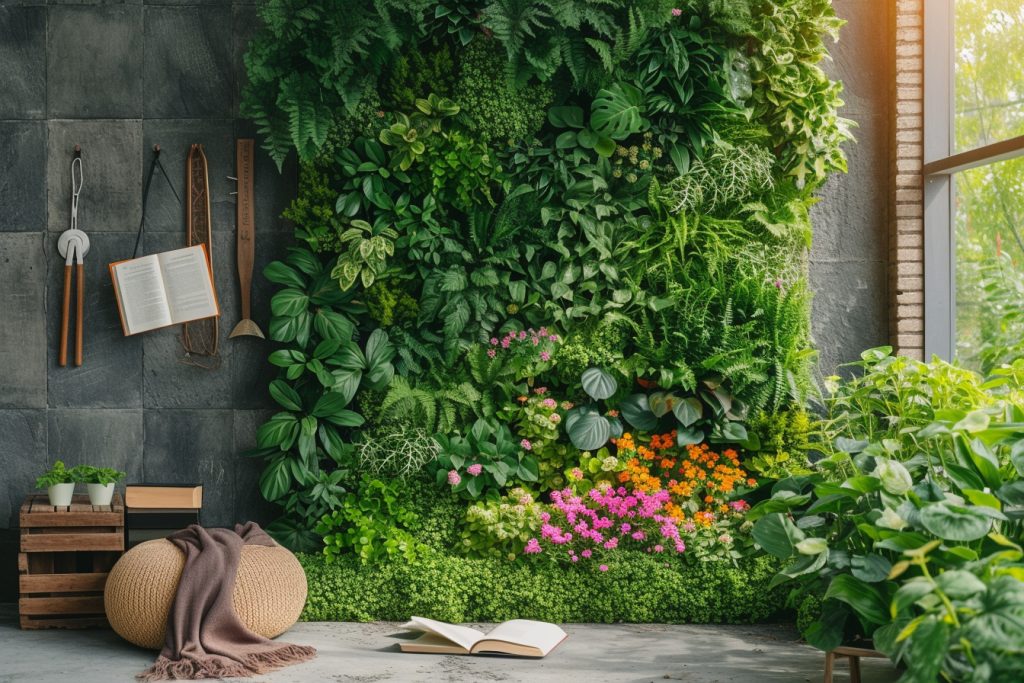
Indoor gardening has emerged as a fascinating hobby for plant enthusiasts and casual gardeners alike. Among the myriad of plant species that can be cultivated indoors, miniature carnivorous plants hold a unique allure due to their exotic appeal and intriguing insect-trapping mechanisms. These plants not only add a unique touch to your indoor space but also challenge your gardening skills with their specific care requirements.
Understanding miniature carnivorous plants
Carnivorous plants have evolved in nutrient-poor environments where they’ve adapted to derive some of their nutrients from trapping and digesting insects and other small animals. Miniature variants are those that stay relatively small, making them perfect for indoor cultivation where space can be limited.
Popular miniature carnivorous plants include species such as the Dwarf Sundew (Drosera), the Venus Flytrap (Dionaea muscipula), and various types of pitcher plants like the Tropical Pitcher (Nepenthes) or the American Pitcher Plant (Sarracenia).
Selecting the right environment
The key to thriving miniature carnivorous plants lies in replicating their natural habitat as closely as possible. These plants typically demand high humidity, adequate lighting, and a specific soil composition to grow effectively.
Humidity: Indoor air tends to be drier compared to the outdoor environment where carnivorous plants are originally found. To ensure your plants have the necessary high humidity, consider placing them in terrariums or use a humidity tray. Humidity levels between 50% to 80% are ideal for most miniature carnivorous species.
Lighting: Adequate lighting is another crucial factor. Miniature carnivorous plants require substantial amounts of light, with many thriving in full sunlight. If natural light is limited, artificial grow lights, particularly those that provide the full spectrum of sunlight, can be beneficial for these light-hungry plants. Aim for 12 to 16 hours of light per day to mimic their natural light exposure.
Temperature: While some carnivorous plants tolerate a wide range of temperatures, most prefer a consistent temperature analogous to their natural environment. Research each plant’s specific requirements, but as a general rule, maintaining a daytime temperature in the range of 70°F to 85°F and nighttime temperatures of 60°F to 70°F is advisable for most species.
Propagating miniature carnivorous plants
Strong vegetative growth is a sign of health in miniature carnivorous plants, and it is from this growth that one can propagate new plants. There are a few methods of propagation, such as seed sowing, leaf cuttings, or division.
When growing from seeds, patience is key, as carnivorous plants can be slow to germinate. Sow the seeds on the surface of the appropriate carnivorous plant soil mix and keep the soil moist.
Leaf cuttings, especially in species like sundews and butterworts (Pinguicula), can be effective. Simply cut a healthy leaf, place it on damp soil, and cover with a plastic dome to maintain humidity. Roots and a new plant will often emerge from the base of the leaf.
Division is the simplest method for mature plants, useful mostly for clump-forming species such as some sundews and pitcher plants. Divide the plants during repotting by gently teasing apart the roots and replanting them into separate pots.
Soil and watering requirements
Carnivorous plants require a specific soil mix that is low in nutrients and minerals typically detrimental to them. A common mix includes one part sphagnum peat moss and one part perlite or sand. This provides excellent drainage and retains moisture without bringing in unwanted nutrients.
When it comes to watering, these plants prefer consistent moisture. Use distilled water, rainwater, or reverse osmosis water, as tap water can contain minerals harmful to them. The tray method, where you leave water in a tray for the plants to take up from the bottom, is a recommended watering technique to ensure consistent moisture while avoiding soil saturation that can lead to rot.
Feeding and maintenance
Unlike other houseplants, miniature carnivorous plants won’t need regular fertilizer. Their unique adaptation allows them to obtain the necessary nutrients from captured prey. Encourage natural prey capture by placing the plants in areas where insects frequent, or feed them manually with live or dead insects, if necessary.
Regular maintenance includes the trimming of dead traps and leaves to promote healthy growth and prevent potential fungal issues. Pay attention to the dormancy requirements of each plant which can be crucial for their long-term health. Some species require a cold period to rest and rejuvenate for the upcoming growth season.
Common challenges and solutions
One major challenge is dealing with pests, such as aphids, that can harm these delicate plants. Address infestations promptly with insecticidal soap or neem oil, taking care not to harm the plant’s traps.
Fungal growth is another concern, often due to overly wet conditions. Ensure adequate air circulation around your plants and avoid overly wet soil to prevent fungal diseases.
Lastly, be aware of the signs of stress in your plants. If the traps aren’t developing well or the plant appears lackluster, revisit each care aspect, from humidity and lighting to soil moisture and temperature.
Advancing your indoor garden
In acquiring expertise over the indoor cultivation of miniature carnivorous plants, consider joining communities and societies of like-minded hobbyists. These platforms offer a treasure trove of information, and the collective experience of the members can be invaluable in refining your gardening skills. Participate in forums, attend workshops, and read extensively on the subject to learn nuances that can make a significant difference in the health and display of your collection.
Indoor gardening of miniature carnivorous plants offers a window into the world of these extraordinary species. Through meticulous care and informed strategies, enthusiasts can transform their living spaces into thriving exhibitions of natural wonder. The journey demands a fundamental understanding of the plants’ requirements, a patient and careful approach to their cultivation, and a passion for the unique beauty they bring.
This exploration into the world of miniature carnivorous plants can be both rewarding and challenging. It offers not just an opportunity to rear these captivating specimens but also to connect with a vibrant community of fellow gardeners, together advancing the cultivation and appreciation of these remarkable plant species. As with any garden, the pursuit of perfection is unending, the progress perpetual, and each new leaf unfurled a testament to the gardener’s dedication. Enjoy the journey of mastering indoor gardening with these wonderful miniature carnivorous plants.








